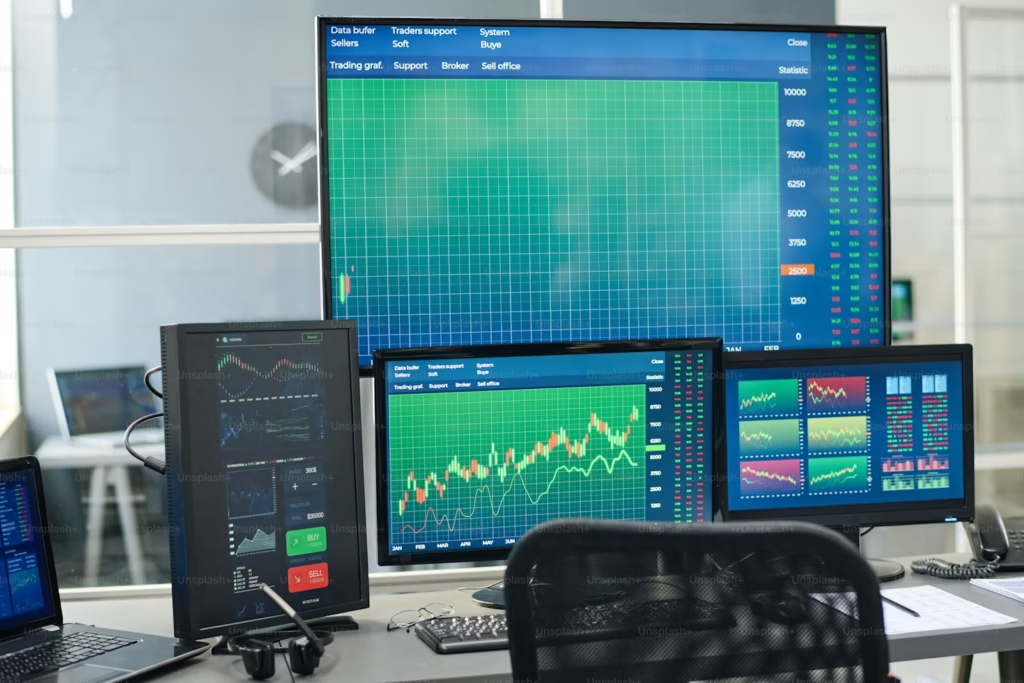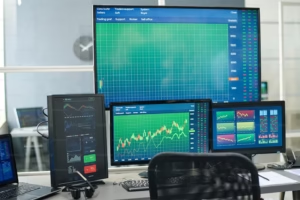The stock market in 2025 is experiencing a fascinating phenomenon: the resurgence of retail investors and a second wave of meme stocks mania — often referred to as “Meme Stocks 2.0.” While institutional players still dominate trading volumes, retail investors are making a noticeable impact on price movements, trends, and even corporate decision-making. Let’s dive into what’s driving this new wave, how it differs from the first meme stock era, and what it means for the future of investing.
A Quick Recap: The Original Meme Stock Boom
In early 2021, the world watched as companies like GameStop (GME), AMC Entertainment (AMC), and Bed Bath & Beyond (BBBY) skyrocketed in value thanks to coordinated buying campaigns led by retail investors on platforms like Reddit’s r/WallStreetBets.
Fueled by commission-free trading apps like Robinhood, stimulus checks, and a strong sense of community, these retail traders challenged Wall Street norms — triggering short squeezes and creating massive volatility.
What’s Different About Meme Stocks 2.0?
Meme Stocks 2.0 isn’t just a copy of the original wave — it’s evolved. Here’s how:
- More Sophisticated Retail Investors: Many retail traders now have several years of experience, understand technical analysis better, and are more strategic in their moves.
- Broader Platforms: While Reddit remains influential, TikTok, Discord, Twitter (X), and even YouTube have become major hubs for trading discussions and strategy sharing.
- New Targets: Instead of just focusing on heavily shorted stocks, retail investors are now jumping into small-cap tech, biotech, EV startups, and even crypto-related stocks.
- Hybrid Strategies: Many retail traders blend fundamental analysis with momentum trading, creating hybrid strategies that can lead to longer-lasting rallies compared to the quick pumps of 2021.
- Global Participation: Retail investing is not just a U.S. phenomenon anymore. Investors from Europe, Asia, and South America are actively participating, thanks to improved access to international trading platforms.
Some Standout Meme Stocks in 2025
Here are a few stocks that have gained meme status in the latest wave:
- Rivian Automotive (RIVN): After setbacks in previous years, a viral marketing campaign and improved production numbers caused Rivian’s stock to skyrocket, drawing in retail enthusiasm.
- Faraday Future (FFIE): Another EV company that surged after a viral TikTok showcasing their new luxury EV design.
- Vinco Ventures (BBIG): This small-cap media tech company became a retail favorite after rumors of a big tech acquisition circulated online.
- Canoo (GOEV): Canoo’s futuristic vehicle designs found new life among Gen Z traders, driven by social media buzz and speculative forecasts.
These new meme stocks often have legitimate growth stories, but their stock price action is still heavily influenced by online sentiment and momentum trading.
The Psychology Behind Meme Stocks 2.0
At the heart of the meme stock phenomenon lies behavioral finance principles:
- FOMO (Fear of Missing Out): Viral posts showing massive gains trigger emotional responses.
- Herd Mentality: People feel safer making risky bets when they see thousands of others doing the same.
- Narrative Investing: Investors rally behind compelling stories (“short squeeze,” “underdog victory,” “Wall Street vs Main Street”) rather than traditional valuation metrics.
- Revenge Investing: A lingering sentiment from the 2021-2022 period remains: an “us vs. them” attitude toward Wall Street institutions.
In Meme Stocks 2.0, many investors understand these psychological forces and actively embrace them — using memes, humor, and satire to maintain momentum.
The Role of New Technologies
Tech advancements are empowering retail investors in ways previously unimaginable:
- AI Trading Bots: More retail traders are using affordable AI-driven tools for scanning stocks, predicting trends, and managing risk.
- Fractional Shares: This feature enables small investors to buy pieces of expensive stocks, making markets more accessible.
- Real-Time Collaboration Tools: Live trading streams, chat rooms, and real-time alerts make coordination faster and easier.
These innovations level the playing field — at least partially — against traditional big-money traders.
Risks of Meme Stock Investing
While the rise of retail power is exciting, it comes with notable risks:
- Extreme Volatility: Prices can swing wildly in minutes, leading to massive gains — or losses.
- Lack of Fundamentals: Many meme stocks trade far above their intrinsic value, making them vulnerable to crashes.
- Pump and Dump Schemes: Some players exploit the excitement to orchestrate pump and dump activities.
- Emotional Investing: Buying based on hype rather than analysis often leads to poor long-term outcomes.
Retail investors must stay disciplined, do their own research (DYOR), and avoid getting swept up by pure hype.
Final Thoughts: Is Meme Stock Culture Here to Stay?
Absolutely — but in a more mature and strategic form. Meme Stocks 2.0 shows that retail investors are becoming a permanent force in the market landscape. Their power lies not just in numbers but in coordination, creativity, and a refusal to be passive observers.
For traditional investors, it’s essential to pay attention to social sentiment and watch for new trends bubbling up from retail trading communities. And for retail investors themselves, success in the Meme Stocks 2.0 era will come from balancing community-driven excitement with individual critical thinking.
As we move further into 2025 and beyond, one thing is clear: the age of passive markets dominated solely by institutional players is over. Welcome to the age of the empowered retail investor.

